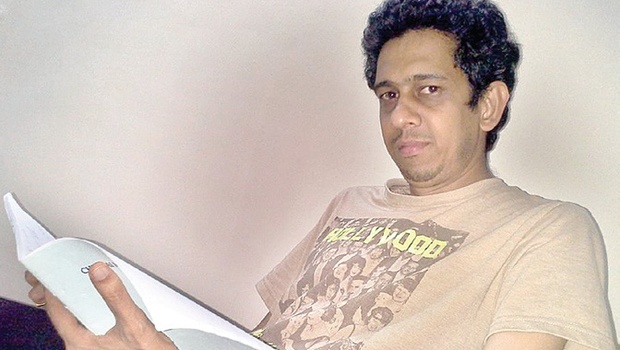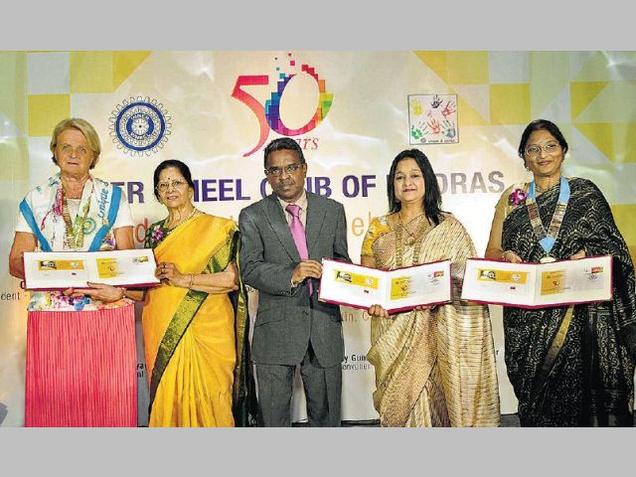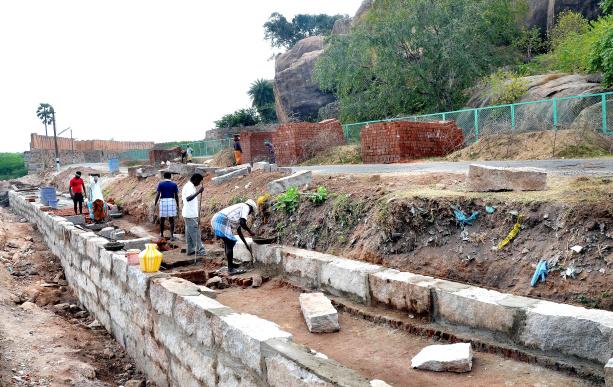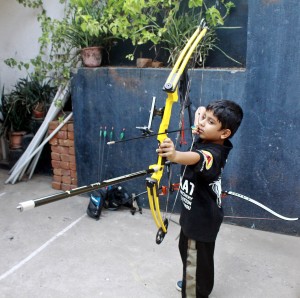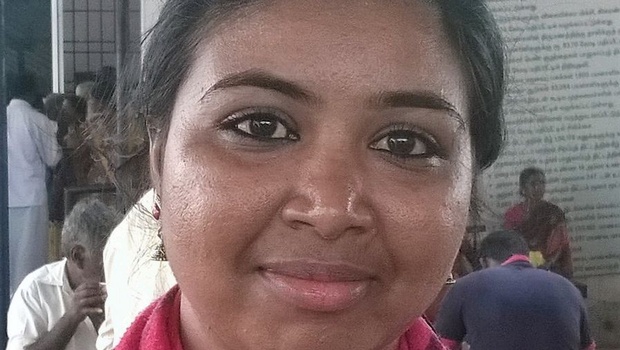
Tiruchy :
The urge to do something for the people of her community pushed the 22 year old first Narikurava engineering graduate of Tamil Nadu to apply for noon meal organiser’s post in the primary school in her colony here with the district collector on Monday.
“Most of our children suffer of anaemic due to malnutrition. We are known for good physical condition once owing to our food habits. But now, those food items are not available to our community and so most of them are suffering a lot” Swetha, the first BE in Computer Science in Narikurava community told Express.
Though Swetha, who studied BE in a local engineering college was selected for a company in Chandigarh through campus interview, she refused the offer and was seriously thinking of her community people who mostly drop out after primary school education. The main thing in my mind is to make our children from present symptoms with anaemic problems. She opted for the post as the staff retired recently and the post is lying vacant in the school- Thiruvalluvar Gurukula Primary school, an aided school run by Narikurava education and welfare society.
“Previously, the staff use to go away after two hours work. If i am selected, i can stay along with our children and do whatever they are in need. Let me make them healthy first” the determined Swetha stressed.
As usual, she has been ridiculed by her community people and a few of her college mates. But, Swetha, is firm in her decision and will work for the people by all means.
source: http://www.newindianexpress.com / The New Indian Express / Home> States> Tamil Nadu / by S J Michael Collins / February 15th, 2016
